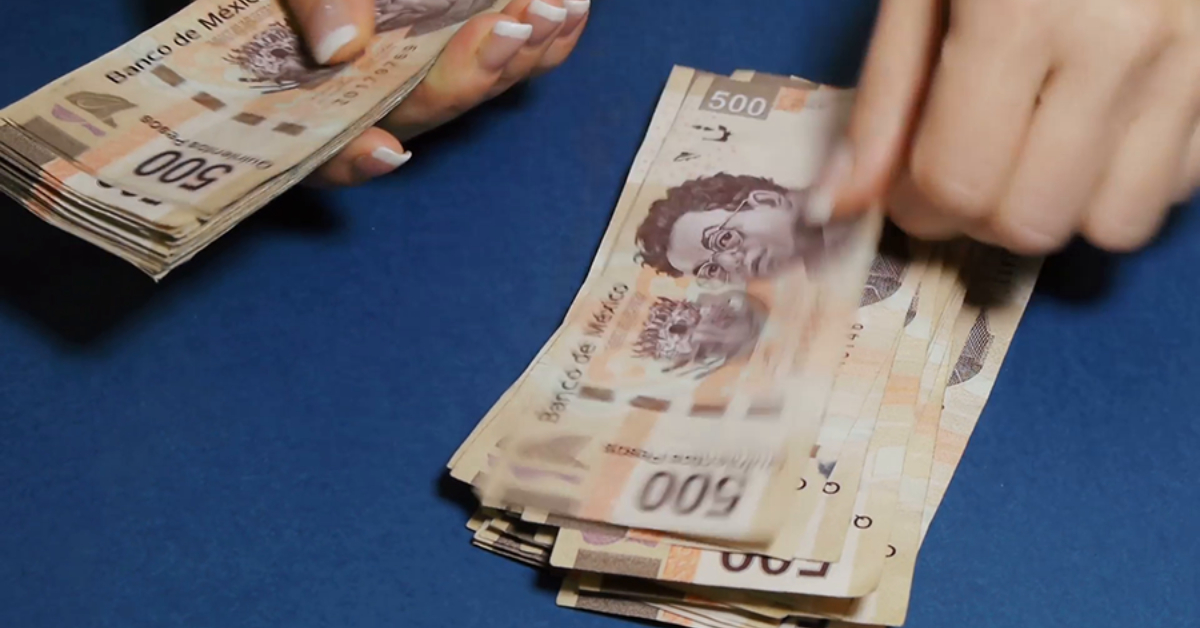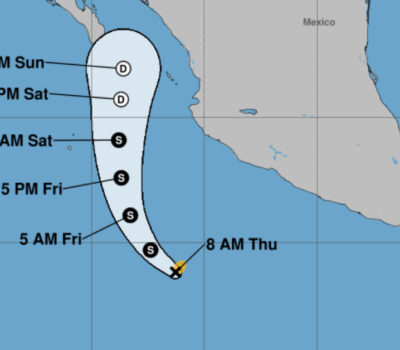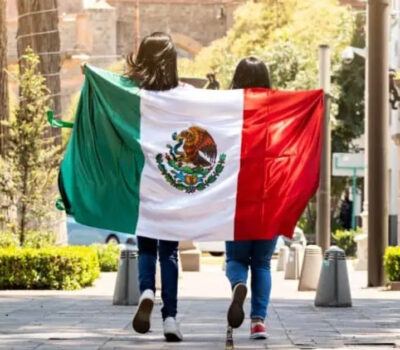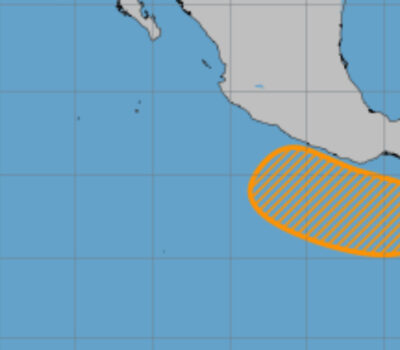The era of the “super peso,” marked by the record appreciation of the Mexican currency, has come to an abrupt end, as external volatility and internal government reforms create uncertainty in financial markets. The Mexican peso has depreciated by 16% against the U.S. dollar since the day before the June 2 election, signaling a significant shift in the economic landscape.
On Tuesday, the exchange rate closed at 19.71 pesos per dollar, the highest level since December 2022, according to the Bank of Mexico (Banxico). This represents a sharp decline from the rate of 16.96 pesos per dollar recorded on May 31, the last day before the elections in which Claudia Sheinbaum, the presidential candidate from the ruling Morena party, secured a victory. The peso’s performance on this day marks the official end of the “super peso” phenomenon that characterized 2023 when the Mexican currency closed the year at 16.96 pesos per dollar, reflecting a nearly 13% appreciation against the dollar.
However, by Wednesday, the peso’s depreciation had accelerated further. In Ciudad Juárez, a major border city, exchange houses and bank windows began selling the dollar to the public at over 20 pesos, underscoring the currency’s rapid decline.
Factors Behind the Peso’s Decline
The peso’s recent depreciation has been driven by a combination of external and internal factors. Alejandro Salvador Murillo, president of the Mexican Institute of Finance Executives in the Ciudad Juárez Group, highlighted the role of external market volatility in the currency’s performance.
“External factors like international market volatility, ongoing global conflicts, and trade tensions, particularly between the United States and other major economies, have significantly impacted the peso,” Murillo explained to EFE.
Additionally, Murillo pointed to internal factors, specifically the Mexican government’s judicial reforms, as contributing to the peso’s weakening. The ruling party’s proposal to introduce popular elections in the Judiciary has sparked concern among investors and analysts.
“Internal public policy issues, particularly those being discussed and likely to be approved in the new Congress, are contributing to uncertainty and affecting the peso’s value,” Murillo added.
Impact on Border Communities
The depreciation of the peso has had immediate and varied impacts on border communities, particularly in Ciudad Juárez, where cross-border commerce is a significant part of daily life.
Elizabeth Villalobos, president of the National Chamber of Commerce (Canaco) in Ciudad Juárez, highlighted the dual nature of these effects. On one hand, the rising dollar has driven up the cost of goods in the border region due to the replacement cost effect, a phenomenon where prices of imported goods increase to reflect the higher cost of dollars needed for purchase.
“The negative impact of a stronger dollar is evident in the higher prices of everyday goods consumed in the border area,” Villalobos told EFE.
However, Villalobos also noted potential benefits for the local economy, particularly in sectors reliant on cross-border tourism and services. “There is a noticeable increase in tourism, with more people coming to spend money in restaurants, beauty salons, and other services, which boosts local businesses,” she said.
Residents Feel the Pinch
For residents who frequently cross the border, the peso’s depreciation has been a source of frustration. Sandra Rascón, a Ciudad Juárez resident who regularly shops in El Paso, Texas, described the financial strain caused by the peso’s decline.
“Those of us who come to El Paso to shop are affected quite a bit. It’s tough on us. Of course, those who work in the United States and spend here in Mexico benefit from the situation, but for many of us, it’s a setback,” Rascón remarked while waiting in line at the Paso del Norte International Bridge.
Outlook and Concerns
As the peso continues to face pressures from both external volatility and internal policy changes, concerns are growing about the long-term implications for Mexico’s economy. The end of the “super peso” era raises questions about the stability of the Mexican currency and the broader economic policies of the current administration.
With the judicial reforms likely to advance in Congress, analysts are closely watching how these developments will impact investor confidence and the peso’s trajectory in the coming months. For now, border communities like Ciudad Juárez will need to navigate the challenges posed by a weaker peso and the complex interplay of international and domestic forces shaping Mexico’s economic future.
The era of the “super peso,” marked by the record appreciation of the Mexican currency, has come to an abrupt end, as external volatility and internal government reforms create uncertainty in financial markets. The Mexican peso has depreciated by 16% against the U.S. dollar since the day before the June 2 election, signaling a significant shift in the economic landscape.












